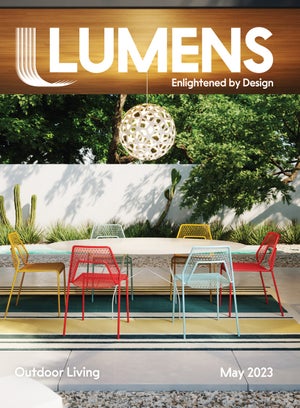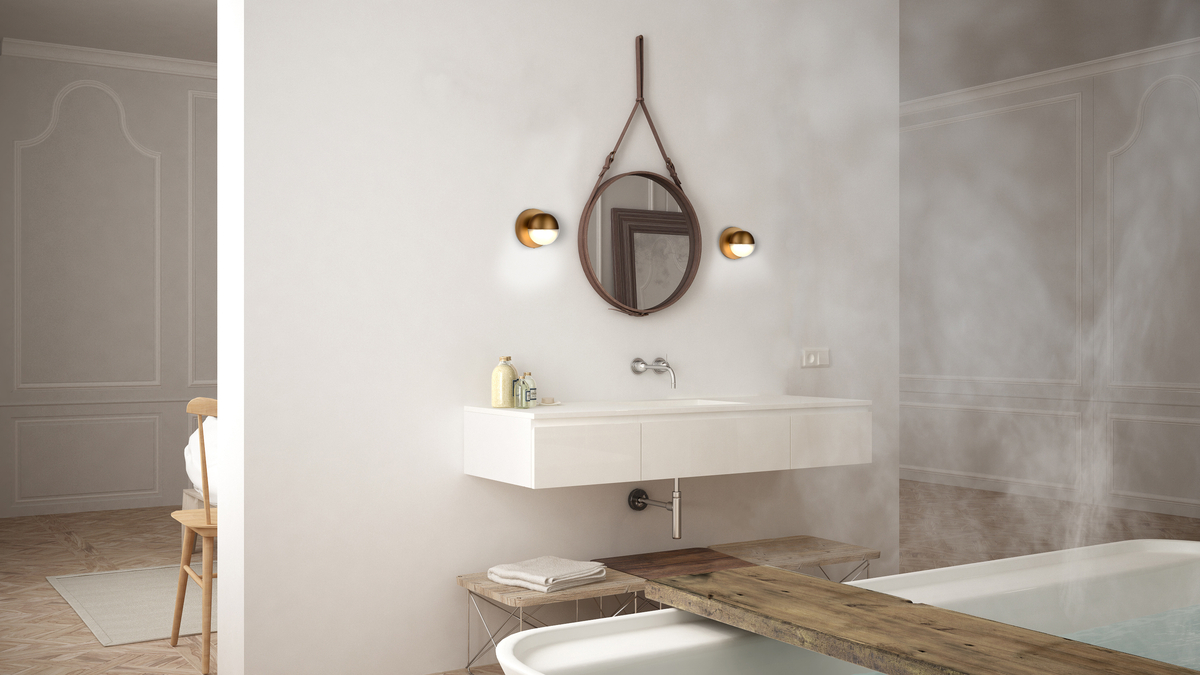
Light can affect more than just your ability to see and set the mood, it also can have an impact on your health. The following outlines important health considerations while planning ideal lighting solutions.
Natural and Artificial Light
Natural light plays an essential role in the life and development of humans, animals and plants. Sunlight undergoes dramatic changes over the course of the day and the year, shifting in color temperature as dawn turns to dusk and gradually changing position, resulting in longer or shorter days. Additionally, natural light changes in lumens, or brightness, depending on the time of day.
Artificial light is created by converting non-visible energy into visible energy. The earliest examples of this include burning wood, oils and coal. In the early 1800s, artificial light was created using gas, and by 1880, the incandescent bulb was born. In 1995, the white Light Emitting Diode, or LED, was introduced.
The History of the Light Bulb
Learn More
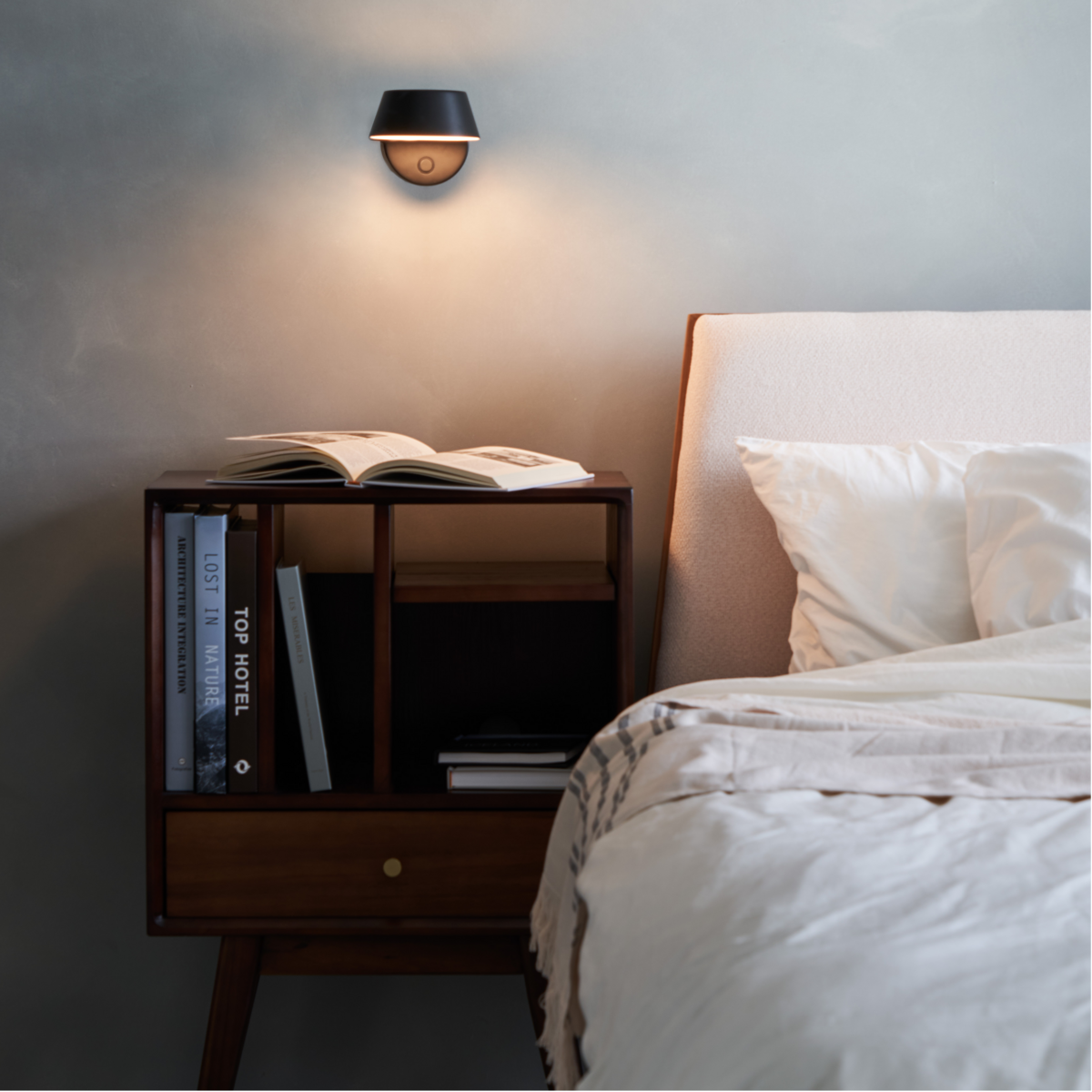
The Circadian Rhythm
Whether natural or artificial, light has a powerful effect on all living beings. This is most notable in the Circadian Rhythm, a biological process that controls the sleep-wake cycle and, ultimately, behavior and alertness. Light sends signals to our brain through our photosensitive eyes, indicating when it’s time to be alert and when it’s time for sleep.
The Hazards of Blue Light
When the fluorescent light bulb was invented in the 1930s, it emitted a distinctively blue hue. This was quite different from the warm tones found in natural light or fire, gas and incandescent light. Fluorescent bulbs disrupted the natural color light we were used to and, soon enough, it became synonymous with bleak office settings and a headache-inducing flicker.
While fluorescent lighting has waned in popularity with the advent of LEDs, today’s blue light can still pose a threat to photobiological safety; too much exposure can damage the retina.
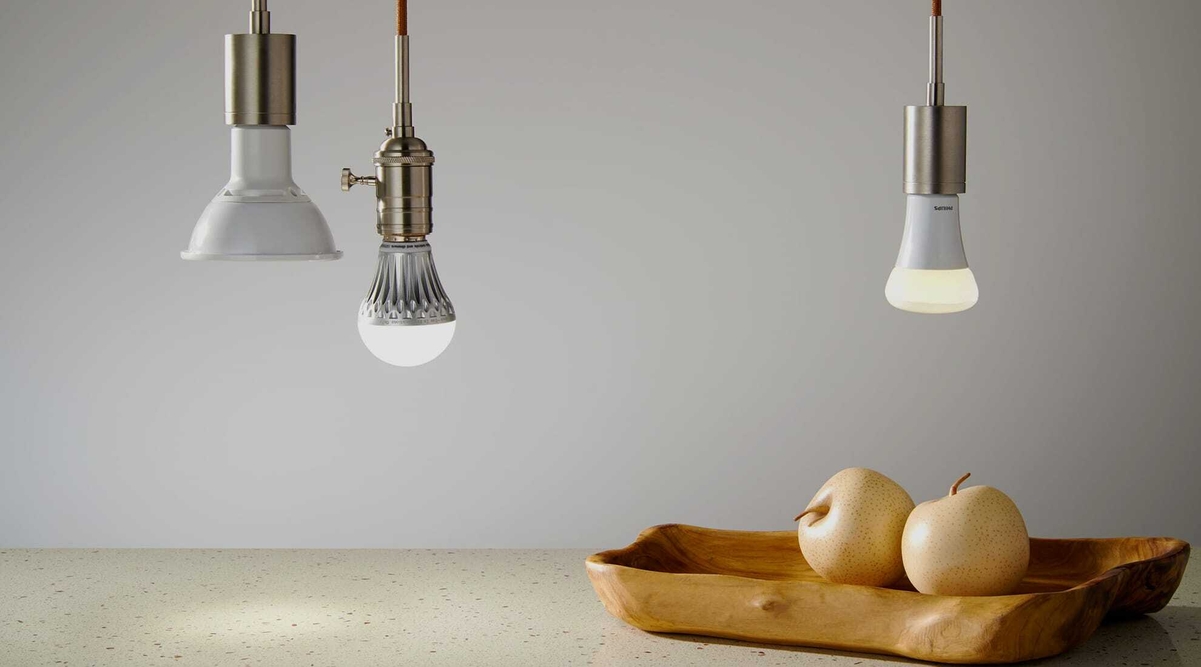
Light Pollution and Flicker
Aside from causing confusion and significant danger for wildlife, light pollution suppresses melatonin, a chemical in the body that boosts the immune system and regulates the circadian rhythm. The International Dark-Sky Association has established standards to ensure certain fixtures are designed to illuminate without contributing to light pollution.
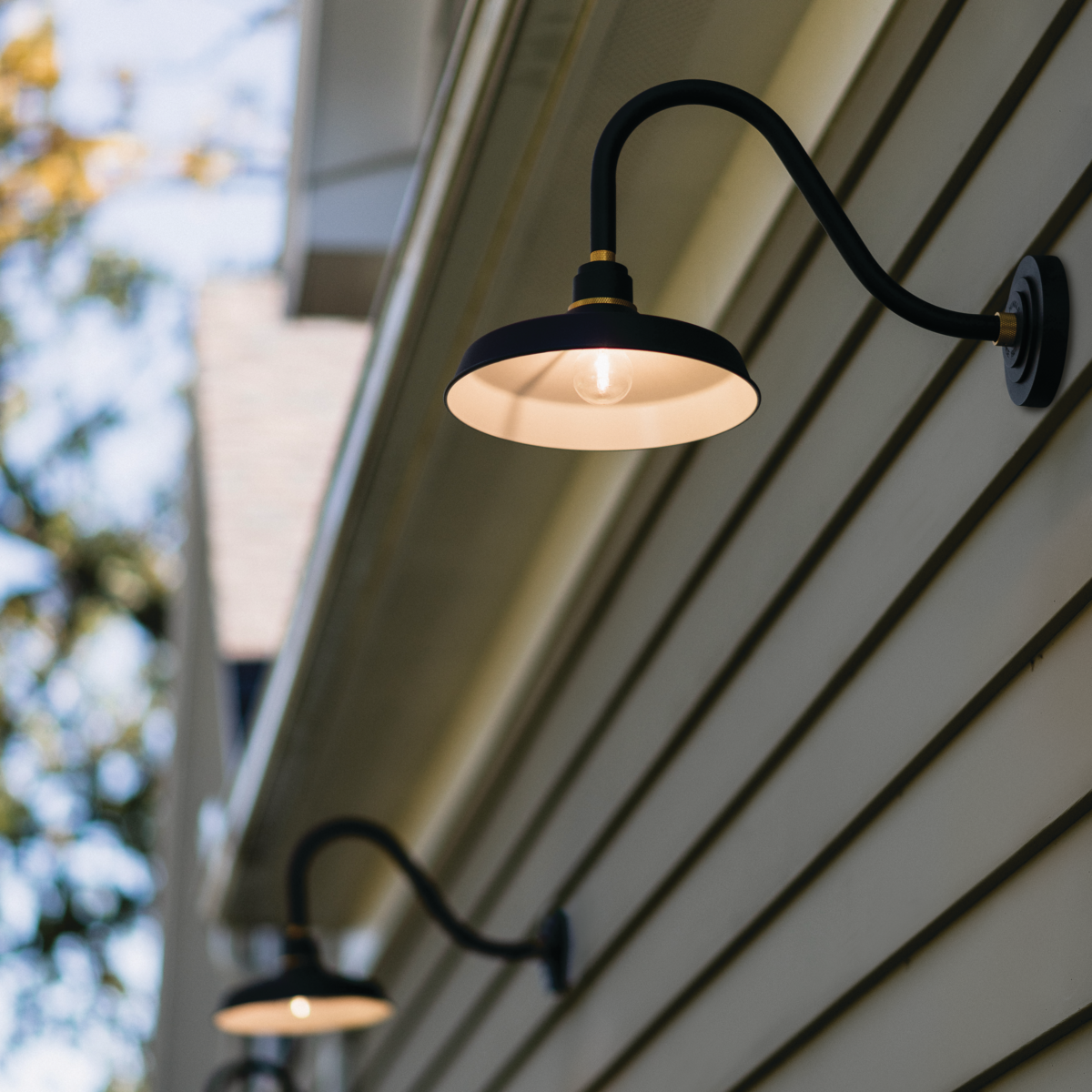
Flicker refers to the fluctuation of light output from on to off. This can range from an electrical frequency at high speeds to physically flipping a light switch. In sensitive people, light oscillation slower than 50Hz results in flicker that can lead to headaches, eye strain, fatigue and even seizures. A couple of the best ways to avoid flicker are to avoid dimmed light sources and cheap LEDs.
Lighting for Specific Needs
In environments where there may be those with vision-related medical conditions, it’s important to consider lighting solutions for their needs. Glare can cause low visibility for seniors, so avoid bright, direct light sources and opt for indirect, diffused fixtures instead. Other needs include those with low vision or learning disorders and newborns.









